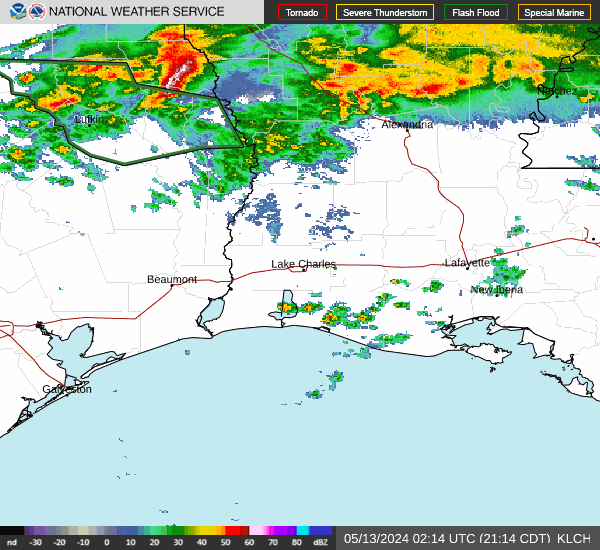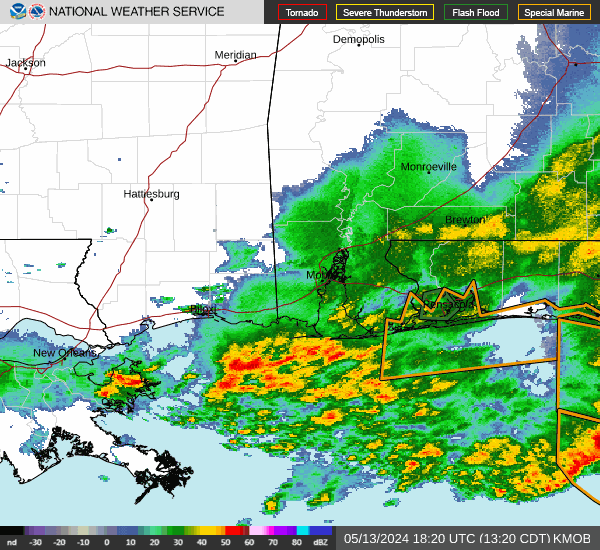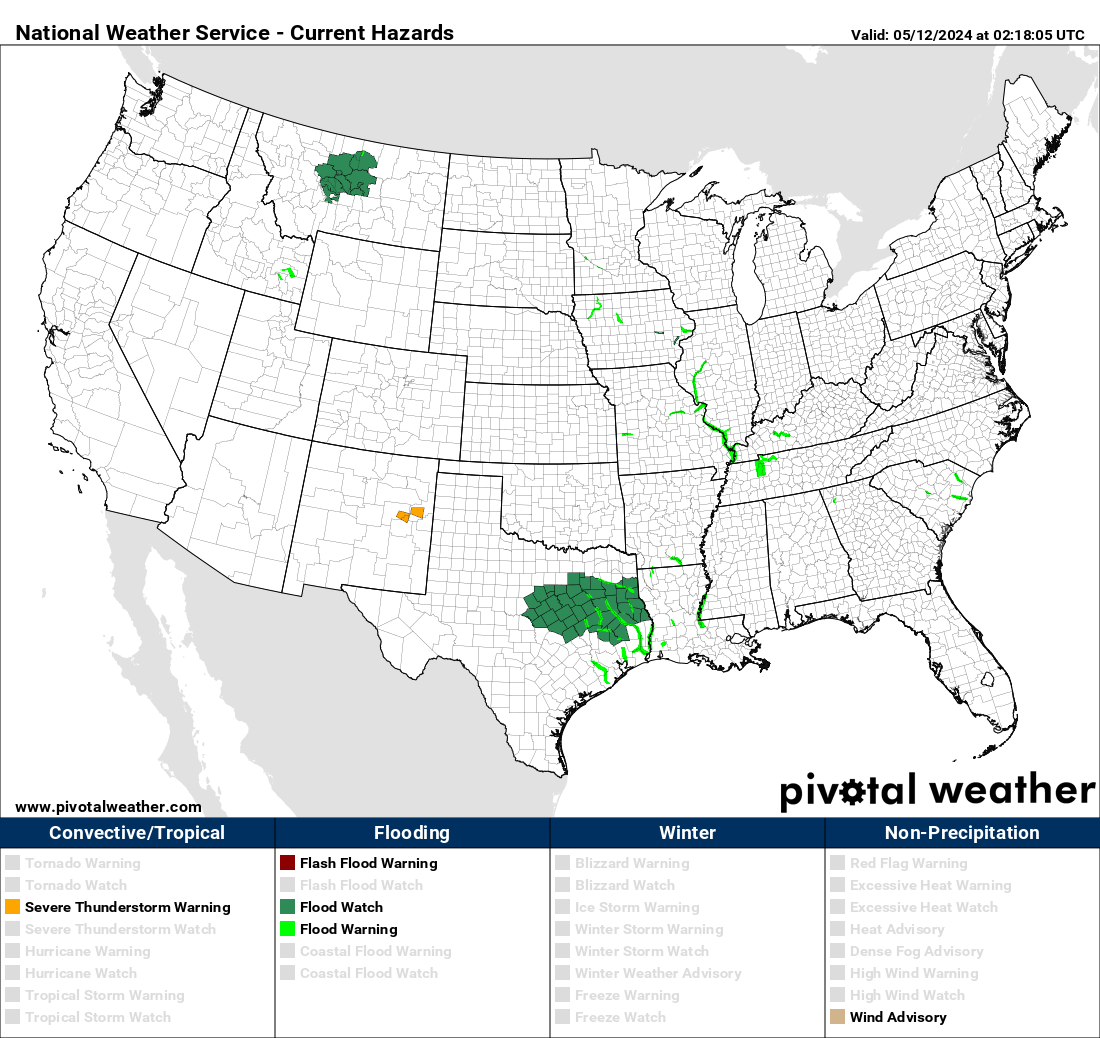Post by Harleygirl on Jan 28, 2009 13:12:48 GMT -6
IRS offers new guidelines on hurricane damage aid
www.2theadvocate.com/news/38517387.html?showAll=y&c=y
By TED GRIGGS
Advocate business writer
Published: Jan 28, 2009 - Page: 1A - UPDATED: 12:05 a.m.
Comments (0)
The IRS has rolled out guidelines for new tax deductions that will provide relief to homeowners who had to cover recent hurricane damage out of their own pocket because of high insurance deductibles — even if they don’t itemize on their tax returns.
“That’s very beneficial,” said William C. Potter, tax director for Postlethwaite & Netterville.
After hurricanes Gustav and Ike, many homeowners faced hurricane and windstorm deductibles on their insurance ranging from 2 percent to 5 percent of their home’s value. On a house with an insured value of $200,000, that meant homeowners were responsible for the first $4,000 in damage on a 2 percent deductible and first $10,000 on a 5 percent deductible.
Before passage of the National Disaster Relief Act of 2008 in October, taxpayers could only claim on their tax returns out-of-pocket damage that exceeded 10 percent of their income plus $100.
The new law allows casualty loss deductions at the $100 mark for 2008, so that someone who foot the repair bill for $10,000 in damage can now claim $9,900 on their federal tax return.
There is no limit on the deduction, regardless of whether one itemizes, according to the IRS. Taxpayers can claim the deduction on Line 39c of their 1040 tax return.
An estimated 150,000 to 200,000 Louisiana homes were damaged during hurricanes Gustav and Ike, according to the Louisiana Recovery Authority. Business losses were estimated at $2.5 billion to $5 billion.
Potter said being able to deduct hurricane damage without itemizing is a big help for taxpayers who take the standard deduction.
If the taxpayer has a large deduction, it might be best to talk to a tax professional, Potter said. But it’s also a good idea to become familiar with the regulations before consulting a tax professional.
To deduct a casualty loss, the IRS says the taxpayer should be able to show all of the following:
The type of casualty, storm, accident, fire, etc., and when it occurred.
That the loss was a direct loss of the storm, fire and so forth.
That you were the owner of the property, or if you leased the property, that you were contractually liable for the damage.
Whether you expect to be reimbursed for the loss, through an insurance claim, for example.
Potter said the law is so new that detailed regulations probably won’t be available before the end of the tax season in April.
Potter recommends that hurricane victims go to the IRS Web site at www.irs.gov and type in “national disaster.” The search function will take people to some good pages within the Web site and help taxpayers with a lot of the details, he said.
Publication 547, also online at the IRS Web site, provides information for preparing 2008 tax returns. Among other things, the publication lists the three steps in figuring the amount of a loss:
Determine the property’s value before the loss.
Determine the decrease in the fair market value as a result of the loss.
Subtract any insurance or other reimbursement received or expected.
There are additional guidelines for personal property and for property that employees use in doing their jobs.
Businesses can deduct certain costs for cleaning up, such as debris removal or demolition of property, according to the IRS.
“Some of this is pretty specific, so I don’t think it’s going to take a lot of clarification,” Potter said. “But when you have things in there like cleanup costs … sometimes you want to see exactly what they’re meaning.”
The National Disaster Relief Act marks a departure from previous legislation to provide tax breaks for disaster victims, Potter said. One of the biggest changes is that the broad package of benefits applies to all federally declared disasters, rather than providing specific breaks for individual disasters.
The new law also allows taxpayers to apply the casualty loss to their tax returns as far back as five years.
In the case of a net operating loss, where the total deductions exceed one’s income, the IRS allows a five-year carryback, Potter said. That means the taxpayer can go amend a previous year’s return and get a refund for that year.
Taxpayers use Form 1045 to calculate the carryback, Potter said. One client used the carryback to get $300,000 in prior-year taxes refunded.
www.2theadvocate.com/news/38517387.html?showAll=y&c=y
By TED GRIGGS
Advocate business writer
Published: Jan 28, 2009 - Page: 1A - UPDATED: 12:05 a.m.
Comments (0)
The IRS has rolled out guidelines for new tax deductions that will provide relief to homeowners who had to cover recent hurricane damage out of their own pocket because of high insurance deductibles — even if they don’t itemize on their tax returns.
“That’s very beneficial,” said William C. Potter, tax director for Postlethwaite & Netterville.
After hurricanes Gustav and Ike, many homeowners faced hurricane and windstorm deductibles on their insurance ranging from 2 percent to 5 percent of their home’s value. On a house with an insured value of $200,000, that meant homeowners were responsible for the first $4,000 in damage on a 2 percent deductible and first $10,000 on a 5 percent deductible.
Before passage of the National Disaster Relief Act of 2008 in October, taxpayers could only claim on their tax returns out-of-pocket damage that exceeded 10 percent of their income plus $100.
The new law allows casualty loss deductions at the $100 mark for 2008, so that someone who foot the repair bill for $10,000 in damage can now claim $9,900 on their federal tax return.
There is no limit on the deduction, regardless of whether one itemizes, according to the IRS. Taxpayers can claim the deduction on Line 39c of their 1040 tax return.
An estimated 150,000 to 200,000 Louisiana homes were damaged during hurricanes Gustav and Ike, according to the Louisiana Recovery Authority. Business losses were estimated at $2.5 billion to $5 billion.
Potter said being able to deduct hurricane damage without itemizing is a big help for taxpayers who take the standard deduction.
If the taxpayer has a large deduction, it might be best to talk to a tax professional, Potter said. But it’s also a good idea to become familiar with the regulations before consulting a tax professional.
To deduct a casualty loss, the IRS says the taxpayer should be able to show all of the following:
The type of casualty, storm, accident, fire, etc., and when it occurred.
That the loss was a direct loss of the storm, fire and so forth.
That you were the owner of the property, or if you leased the property, that you were contractually liable for the damage.
Whether you expect to be reimbursed for the loss, through an insurance claim, for example.
Potter said the law is so new that detailed regulations probably won’t be available before the end of the tax season in April.
Potter recommends that hurricane victims go to the IRS Web site at www.irs.gov and type in “national disaster.” The search function will take people to some good pages within the Web site and help taxpayers with a lot of the details, he said.
Publication 547, also online at the IRS Web site, provides information for preparing 2008 tax returns. Among other things, the publication lists the three steps in figuring the amount of a loss:
Determine the property’s value before the loss.
Determine the decrease in the fair market value as a result of the loss.
Subtract any insurance or other reimbursement received or expected.
There are additional guidelines for personal property and for property that employees use in doing their jobs.
Businesses can deduct certain costs for cleaning up, such as debris removal or demolition of property, according to the IRS.
“Some of this is pretty specific, so I don’t think it’s going to take a lot of clarification,” Potter said. “But when you have things in there like cleanup costs … sometimes you want to see exactly what they’re meaning.”
The National Disaster Relief Act marks a departure from previous legislation to provide tax breaks for disaster victims, Potter said. One of the biggest changes is that the broad package of benefits applies to all federally declared disasters, rather than providing specific breaks for individual disasters.
The new law also allows taxpayers to apply the casualty loss to their tax returns as far back as five years.
In the case of a net operating loss, where the total deductions exceed one’s income, the IRS allows a five-year carryback, Potter said. That means the taxpayer can go amend a previous year’s return and get a refund for that year.
Taxpayers use Form 1045 to calculate the carryback, Potter said. One client used the carryback to get $300,000 in prior-year taxes refunded.












